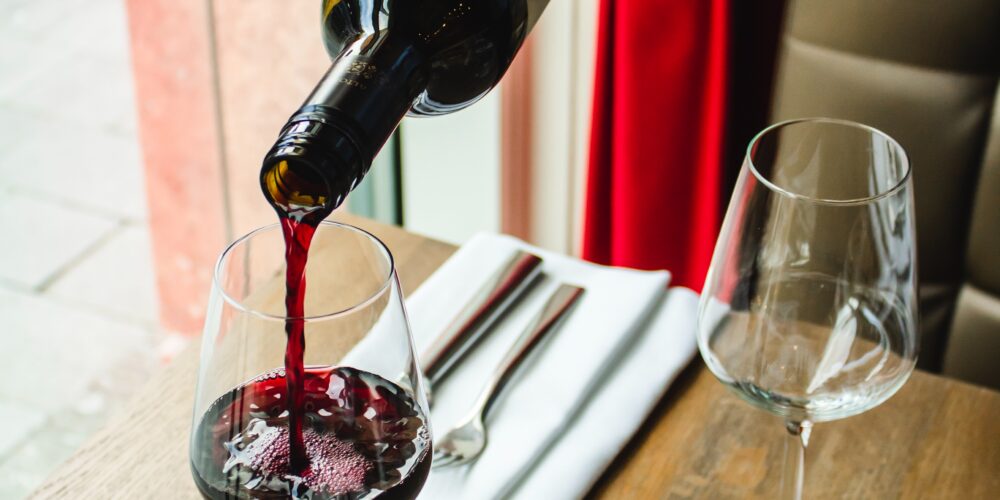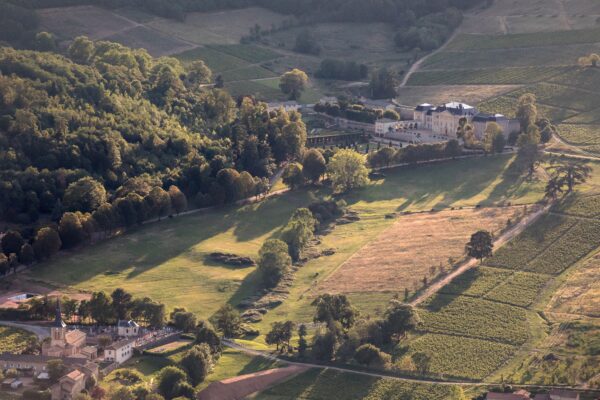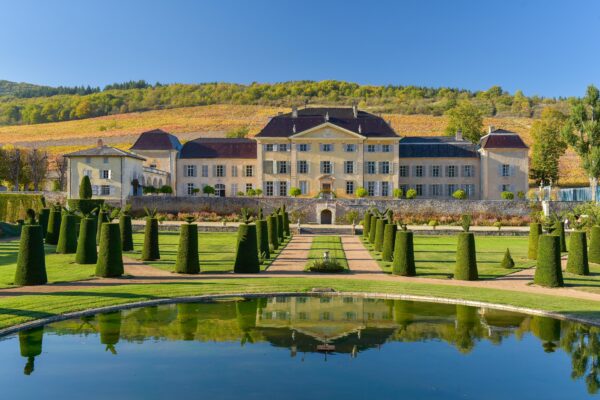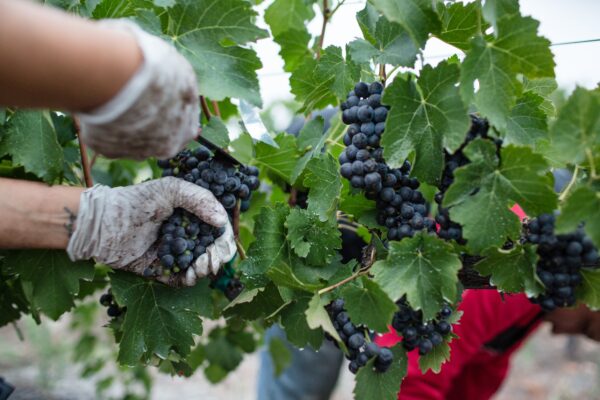Following the classification of the great Bordeaux châteaux and the labelling of wines as grands vins or first wines, another category of wines developed called “second wines”. In this article, we explain the ins and out of this concept which can be somewhat complex, particularly where Bordeaux is concerned.
The 1855 Bordeaux Classification & the Grands Vins
The terms Grand Vin de Bordeaux or Grand Vin de Bourgogne appear on the labels of some bottles. But the notion of a grand vin can be confusing and is one that many people don’t really understand. Yet, the term has a very important meaning in Bordeaux, particularly in the Médoc.
During the Universal Exhibition of Paris of 1855, a classification was established by brokers and the Chamber of Commerce of Bordeaux. They sought to rate the wines of the best-known châteaux on the basis of their reputation. It was from this point that the notion of the grand vin appeared and therefore also what we refer to as a second vin today.
The grands vins and grands crus classés corresponding to the finest vineyard plots of the time producing the most expensive wines thus formed the basis of the historical classification. Ultimately this led to the creation and promotion of prestigious wine brands.
Second wines explained
Bordeaux
Generally speaking, second wines are a more accessible way to taste the wines of Bordeaux’s best-known châteaux. With this category, you can sample the savoir-faire of a premium wine estate or château, without it costing you an arm and a leg. Typically, a second wine or second label will still feature the names of the appellation and producer of the grand vin, plus an additional brand name.
For example, the Pessac-Léognan of Domaine de Chevalier becomes Pessac Léognan L’Esprit de Chevalier, just as the Saint-Estèphe from Château Cos d’Estournel becomes Saint-Estèphe Les Pagodes de Cos. The estate adds an additional name while conserving the personality of its premier wine.
At dVine, Château Beychevelle is the perfect example, as our wine list features both its Saint-Julien Grand Cru Classé and its second wine Saint-Julien Amiral de Beychevelle.
dVine flacon examples: Saint-Julien Beychevelle and Saint-Julien Amiral de Beychevelle

Burgundy
In Burgundy, second wines are more a question of geography, since wines are often categorised by specific vineyard plots known as climats and crus (as opposed to the wine estate itself). Second wines are typically outer plots producing more affordable wines than the top crus, although can still come from big name producers.
So as you can see, grands vins and second wines both come from superb terroirs and are produced with the savoir-faire of great wine estates. Through their second wines, producers are able to offer fine wines to customers at a more affordable price. They also take the intimidation out of also trying the estate’s finest wine. Second wines are thus a first step towards tasting the more prestigious grands vins.
Learn more
The term “Grand Cru” is often bandied about to refer to fine wine in general, but not just any wine can qualify as a Grand Cru. So where does this notion of Grands Crus come from? And how is the Bordeaux Grand Cru classification system unique? Read the article



